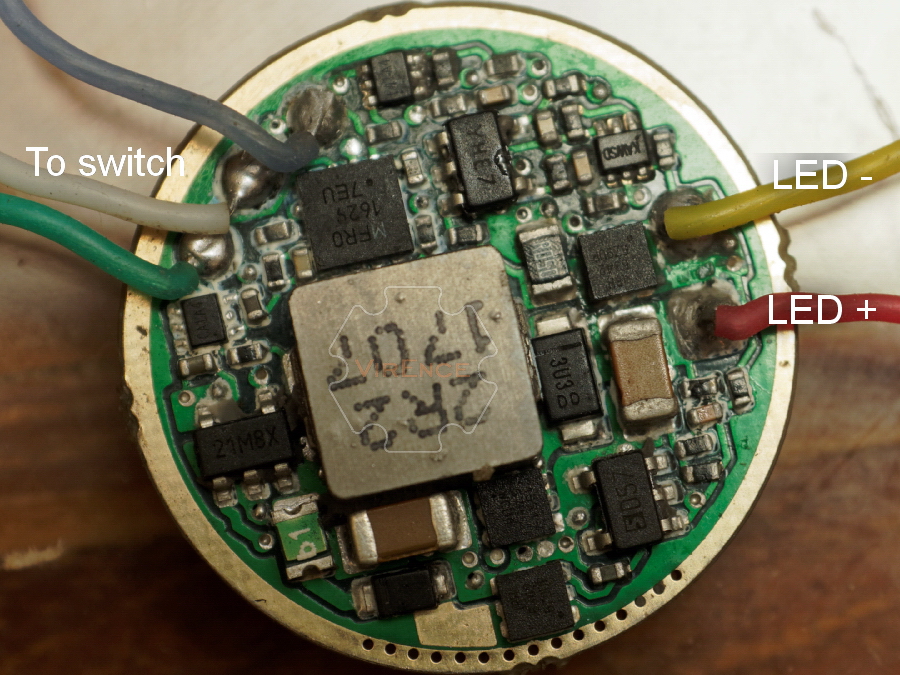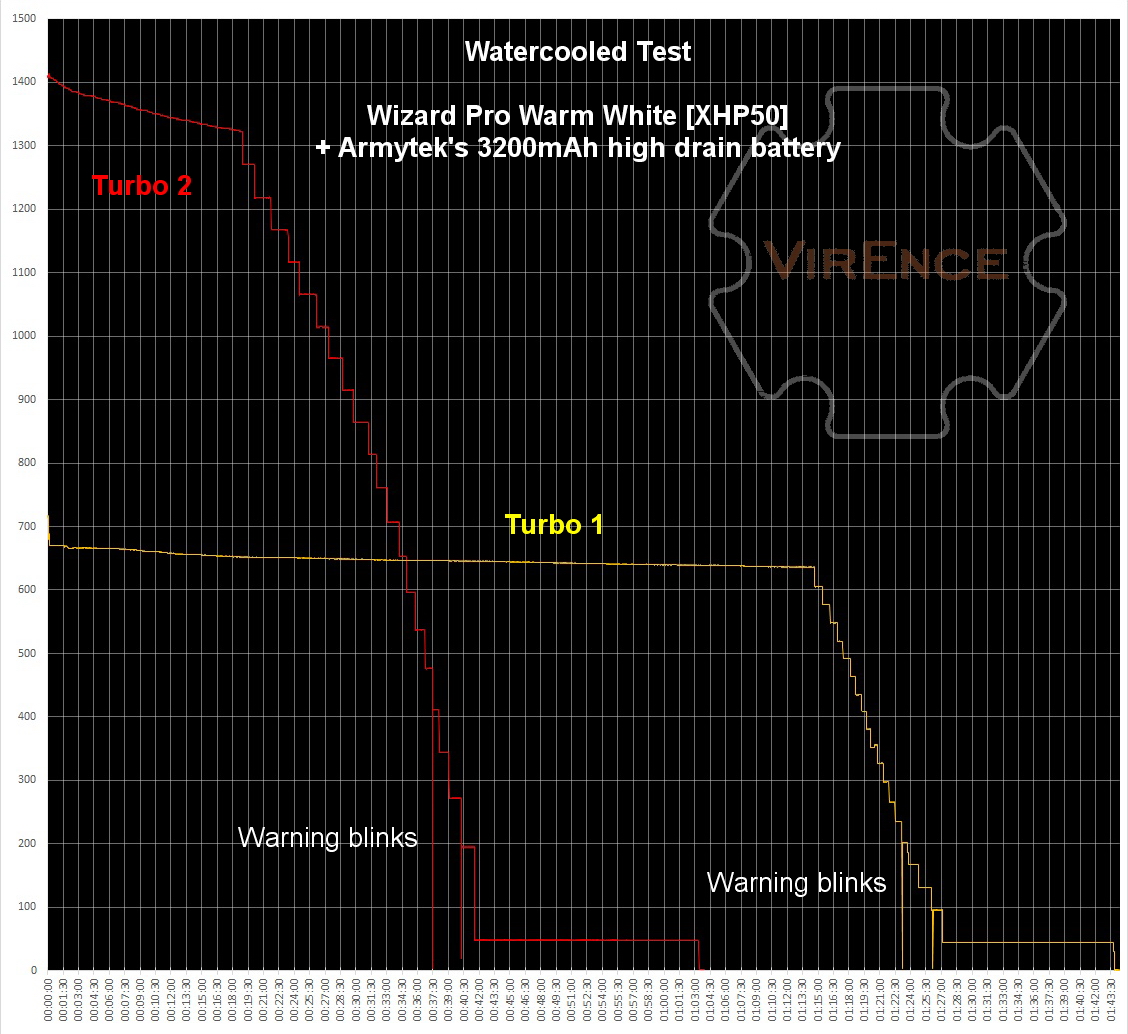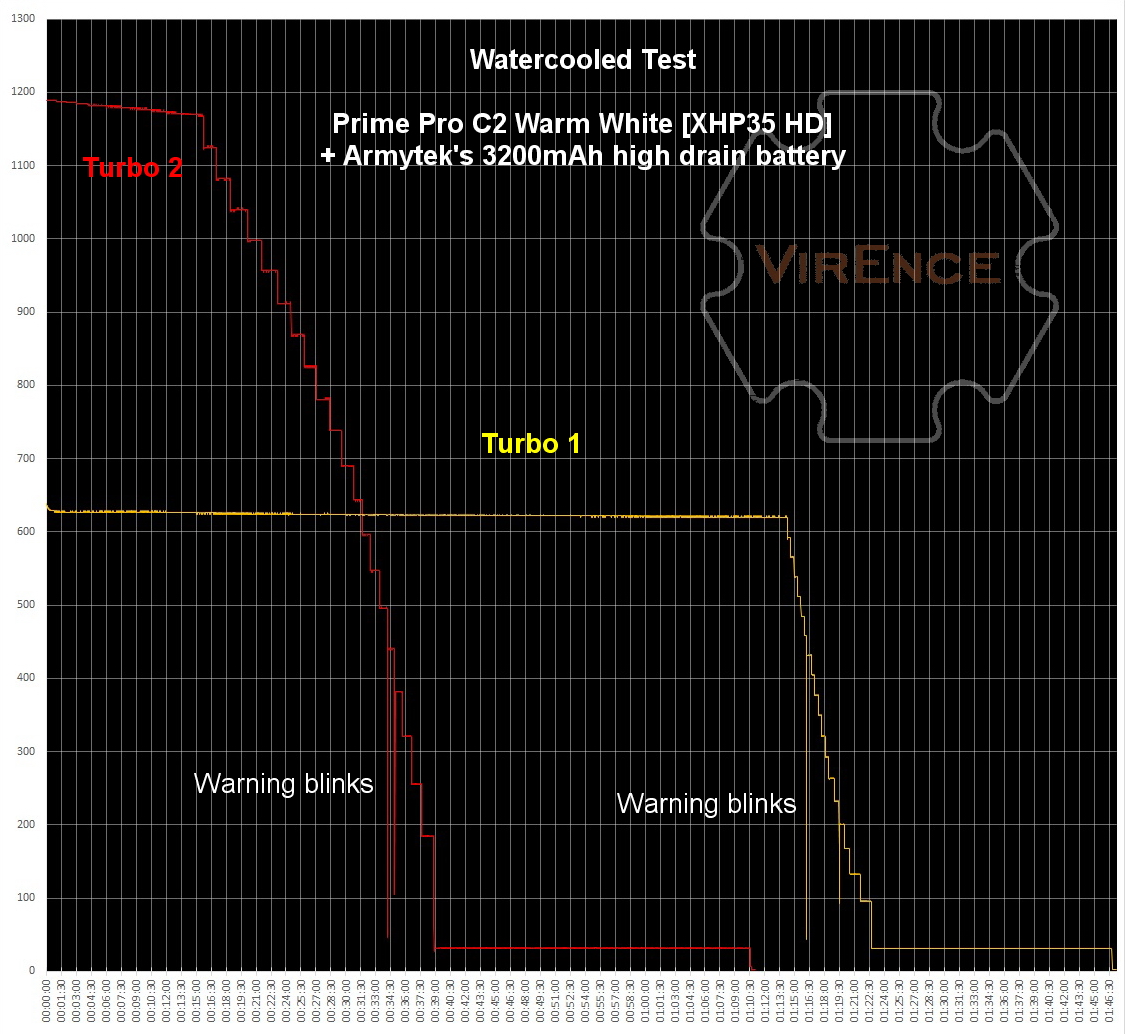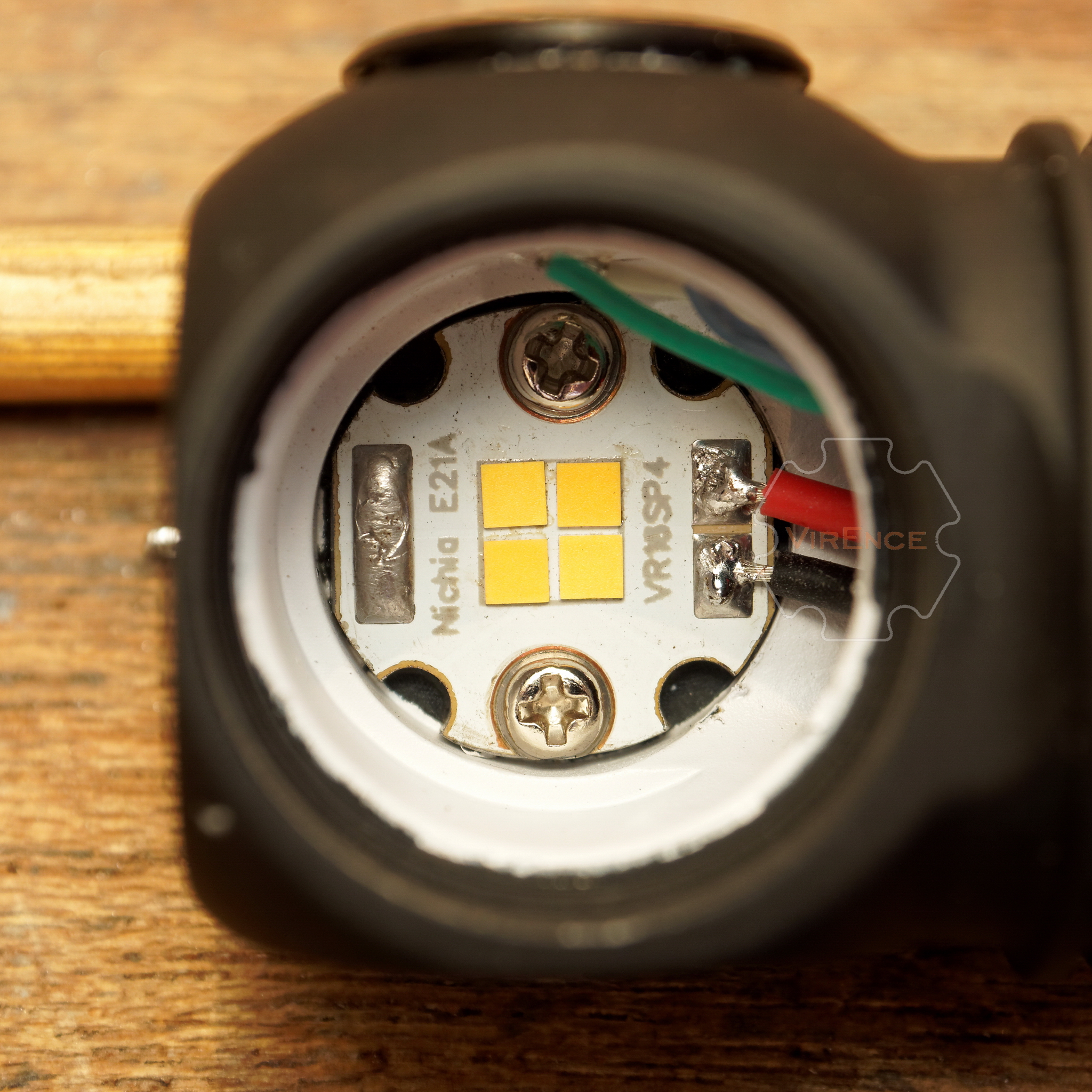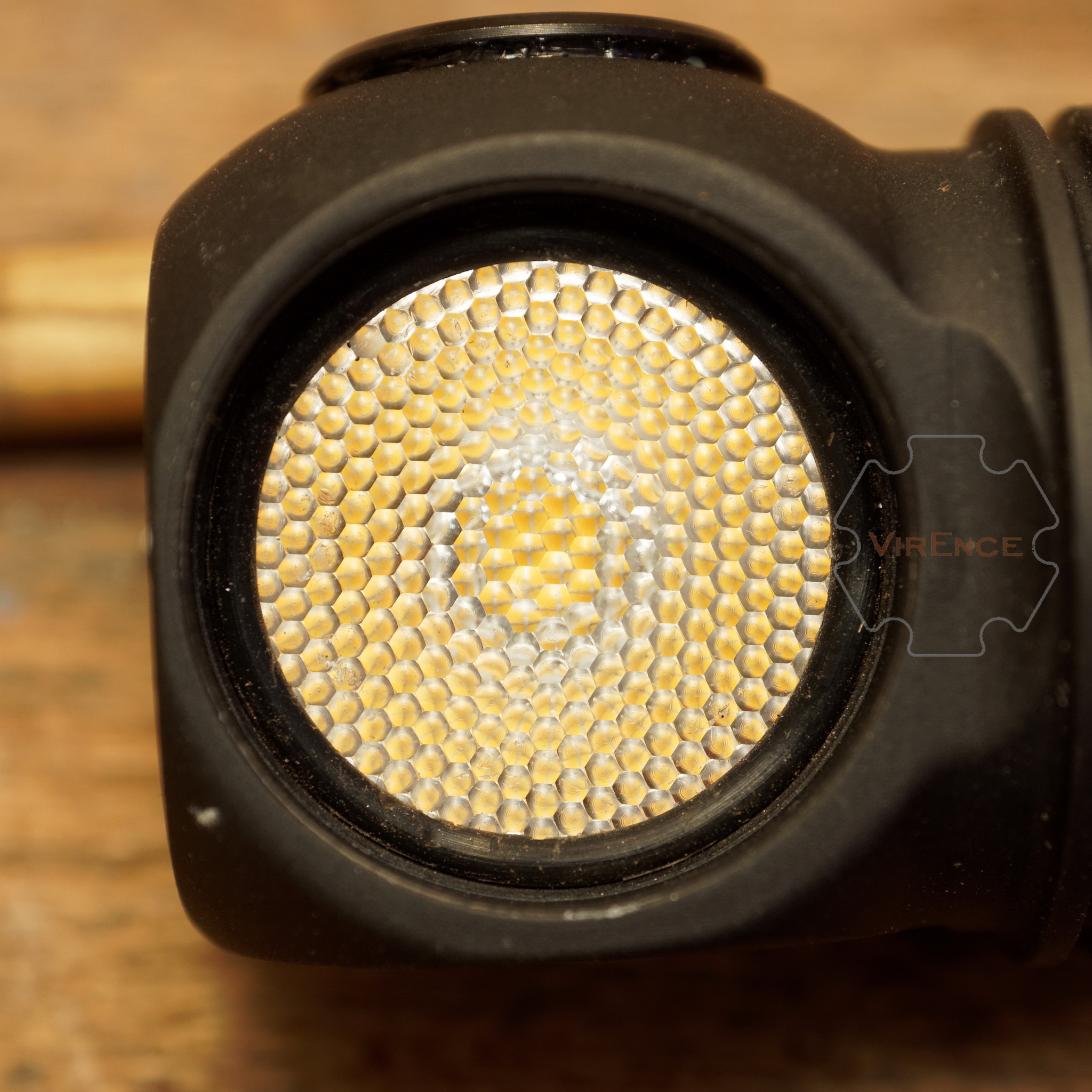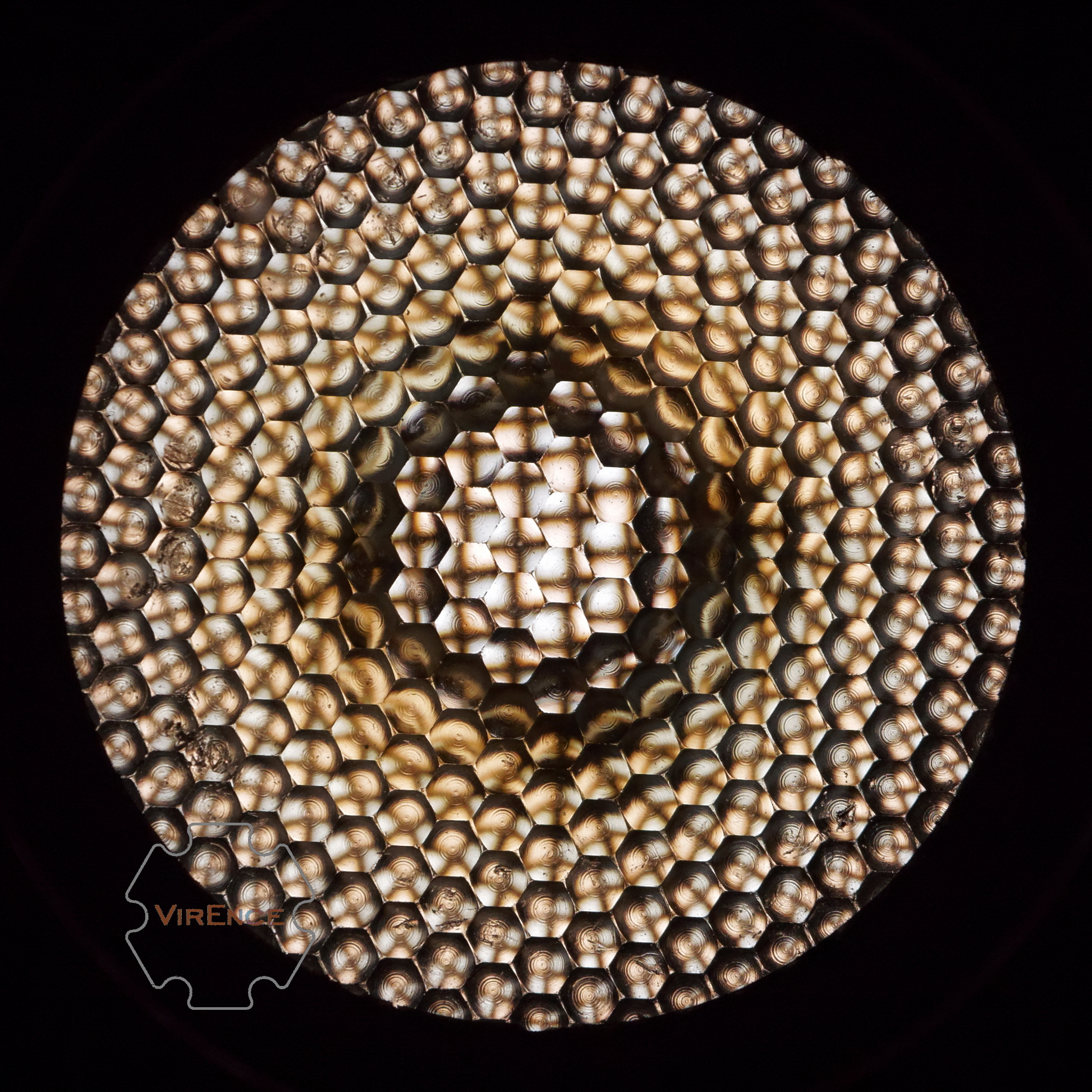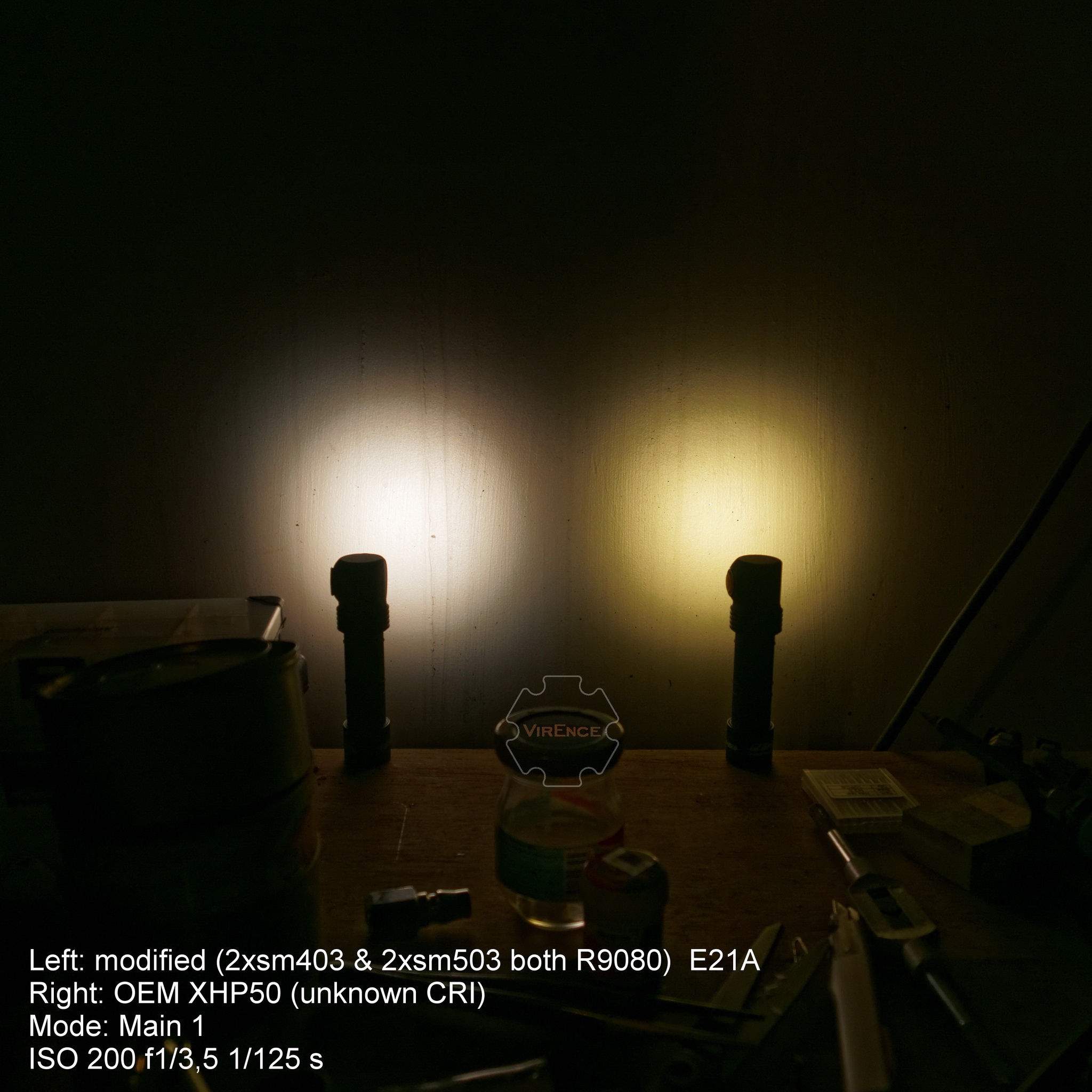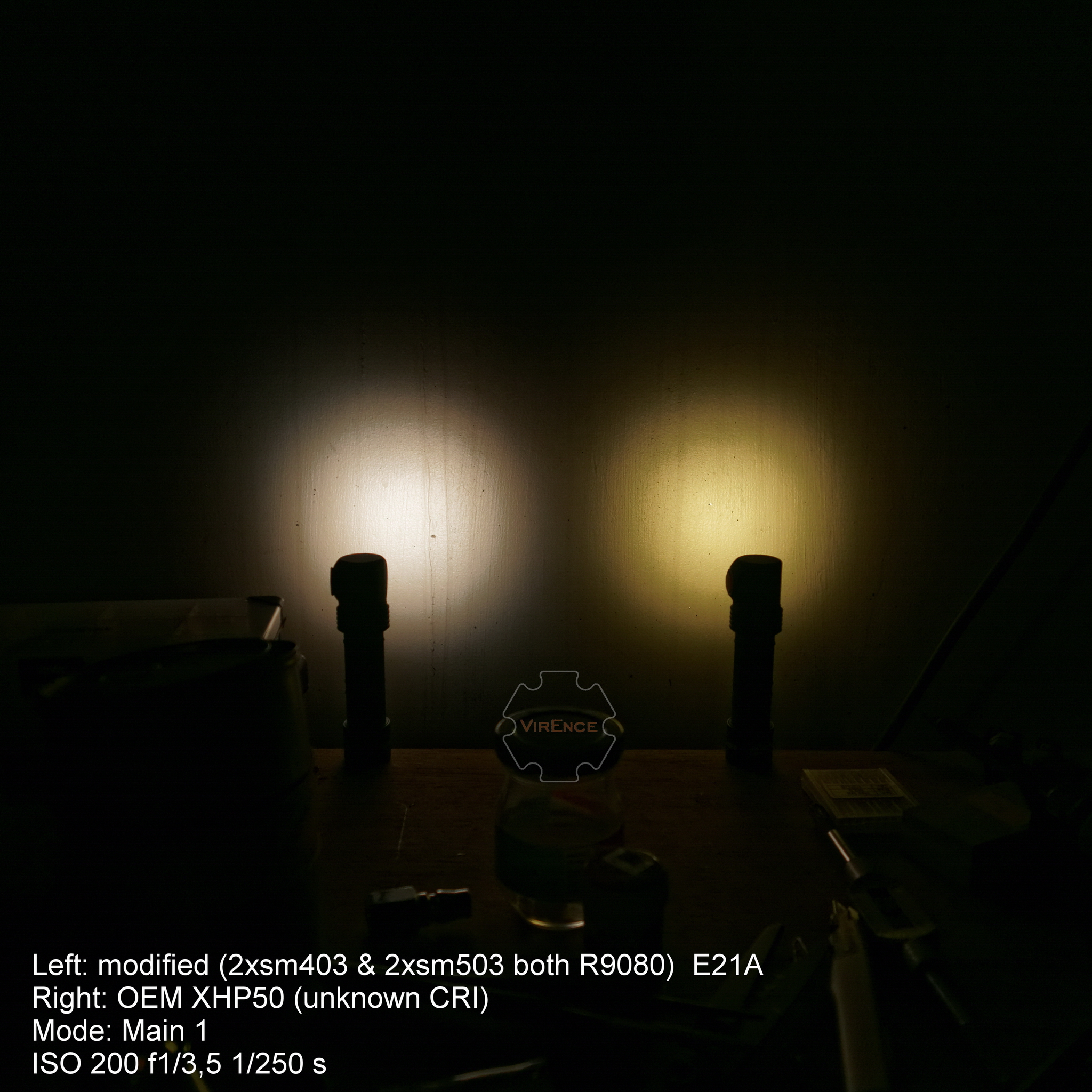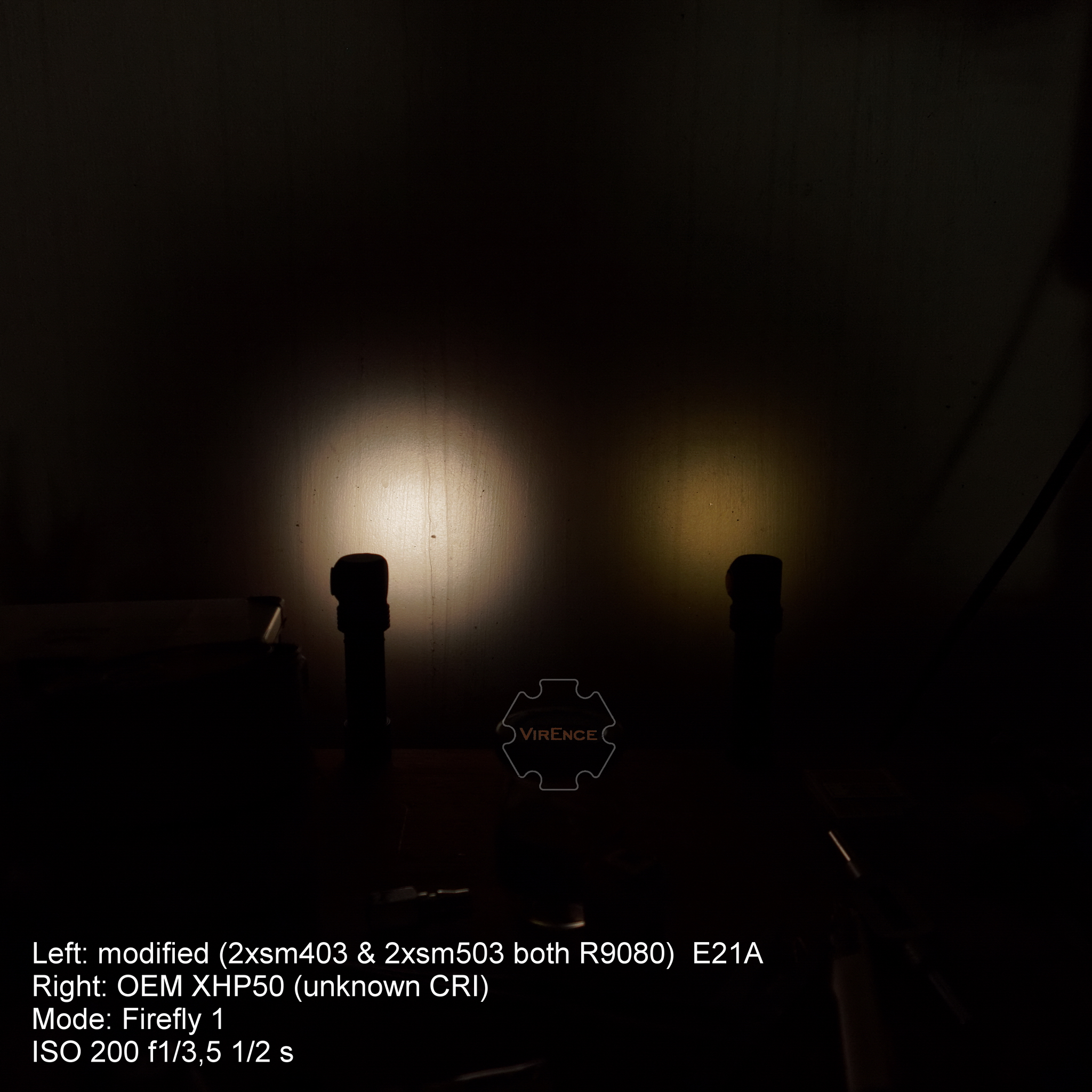I've been really curious why AT use 12V configured XHP50 rather than 6V. From performance stand point, it's an inefficient route. Boosting from 3-4,2 V to 11-12V. The short runtime and heat produced confirm to this inefficiency.
Things get worse in it's Prime variant. Prime Pro now use XHP5 which by design is even less efficient than XHP50. And I assume AT uses the same driver for both.
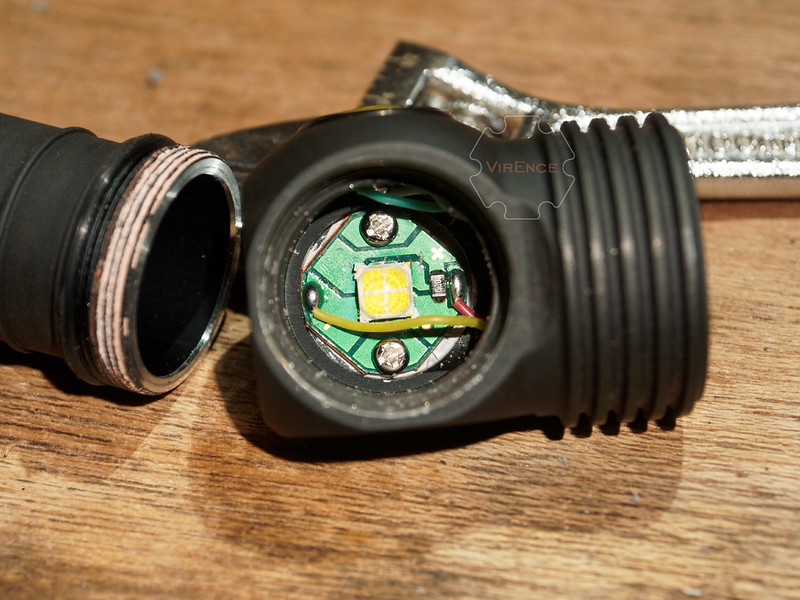

Below is the chart from my DIY measurement. Couldn't measure anything reliably lower than Main 2 because of my DMM current reading limitation (no sensitivity below 0,1A). As you can see, the efficiency is normal for a boost driver up to Main 3. In Turbo 1 and 2, this Wizard turns into a heater, wasting 40% of the power to heat before it reached the LED!! No wonder it heats up very fast.
At max. power (Turbo 2) the LED only pulls ~1A at 4,2V before gradually lower the output. The driver just can't do sustained boost. This confirms Zak's and Maukka's finding why Wizard Pro and Prime Pro don't live up to the spec (rated at 2300 lumen) outputting only 1500ish OTF lumens. Cross checked with pct.cree.com also confirm this.

EDIT: In 6V test the Turbo 1 and 2 modes gave erratic then stayed at much lower output. The highest recorded input was 2,41A @ 4,2V. About half the 12V test (4,44A @ 4,2V). Something is definitely wrong with the driver. Looks like the test procedures damaged it.
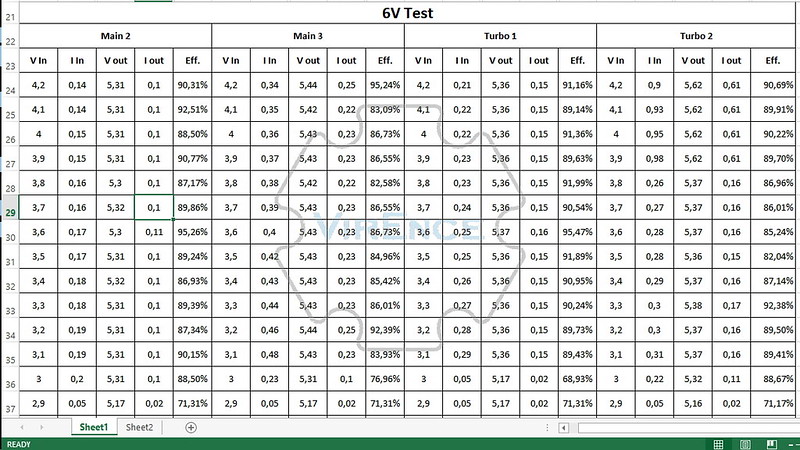
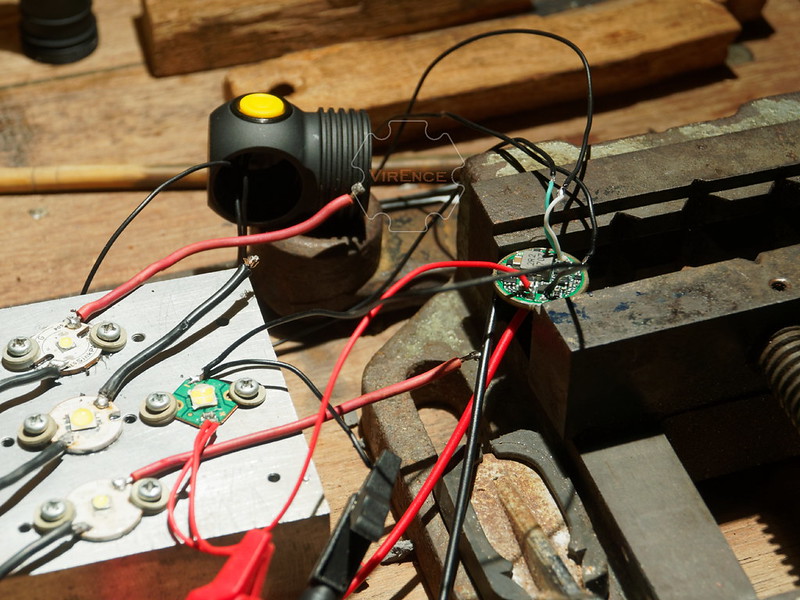
As can be seen from the chart above. Boosting to 6V using the same XHP50 LED configured to 6V the driver efficiency increase. But at the expense of much lower output. Only ~0,6A at Turbo 2. More than enough for general uses. But as Zak said, it loses the WOW factor.
I reflowed the same XHP50 on Kerui's XM DTP board.
Summary:
- This is a very good headlamp. Not the easiest one for modification but I proved that Armytek is mod-able. The design and machining is very well built. This is a very strong headlamp unlike others. I really like it for many qualities only Armytek has: The looks, toughness, magnet + charging, new super nice headband (very easy to replace/remove the headlamp when needed).
- As for the efficiency. Most modes other than the Turbo are perfectly OK. Even the inefficiency in Turbo won't last long, it will switch down to next lower mode automatically due to it's excellent thermal regulation (throttled by the temperature read in the driver board, NOT by the LED temp). This is a fool proof design.
- If you want a better efficiency in higher output modes, instant fix is to use H1-A or H2-C, depends on what LED you're using. This Wizard will fit 22mm driver with no problem. OEM Armytek use 12V configured XHP50. These drivers already tested by Jensen and their efficiency are very good for such boost drivers.
NOTE: I killed the driver. Dunno, looks like I shorted something unintentionally. Too many clicking with fluctuative input voltage perhaps? The inductor, MCU and e-switch seems to fail now.
UPDATE 180202:
Runtime test added:
https://budgetlightforum.com/t/-/48258/14
UPDATE 180204:
VR16SP4 installed:
https://budgetlightforum.com/t/-/48258/17
UPDATE 180206:
- Runtime and output results (XHP50 vs 4x E21A) added
- Firefly modes, CRI, and tint comparison between OEM and modded
: https://budgetlightforum.com/t/-/48258/21
UPDATE 180220:
- 4x E21A (6V + resistor mod) runtime
https://budgetlightforum.com/t/-/48258/29
UPDATE 180509:
- 4X E21A 6500K (12V) reached 1400 OTF lumens and beats the original XHP50 in both runtime and output.
https://budgetlightforum.com/t/-/48258/30
- Clemence
